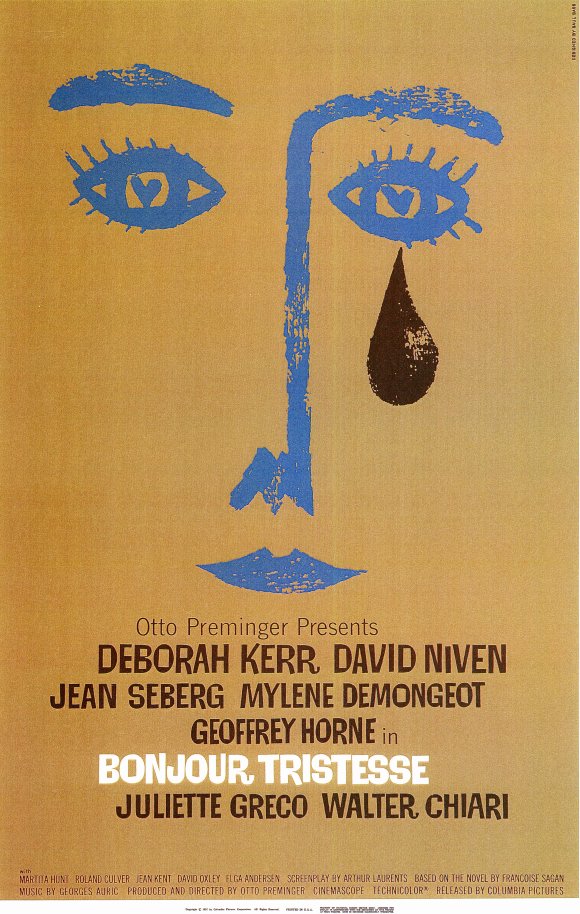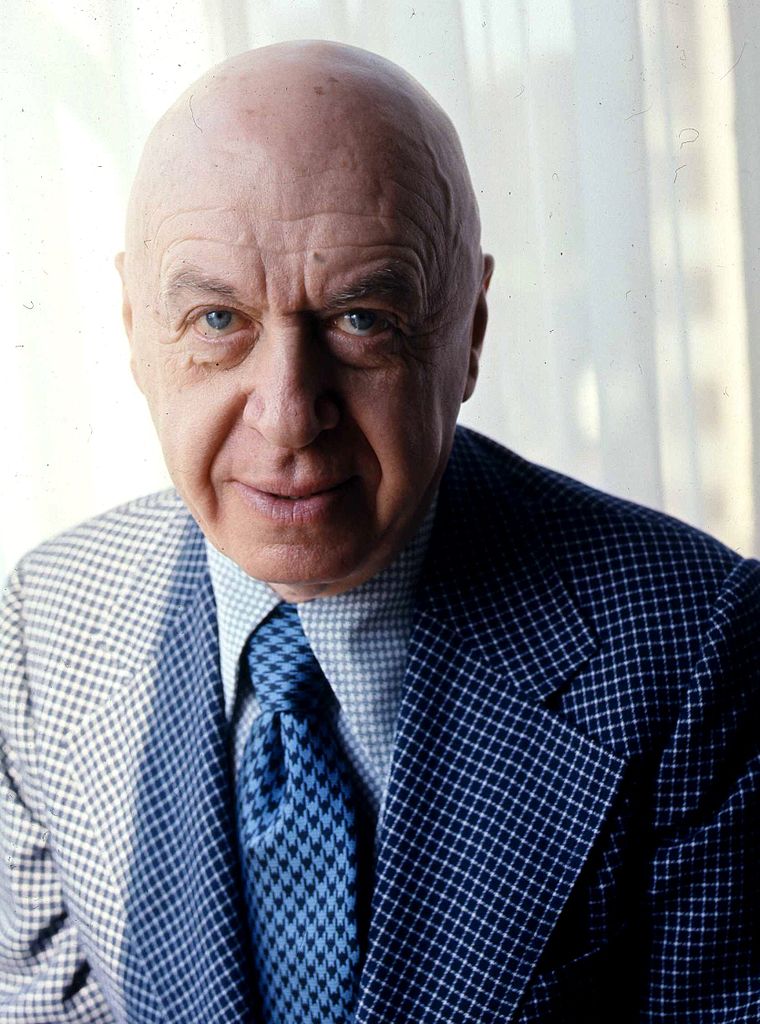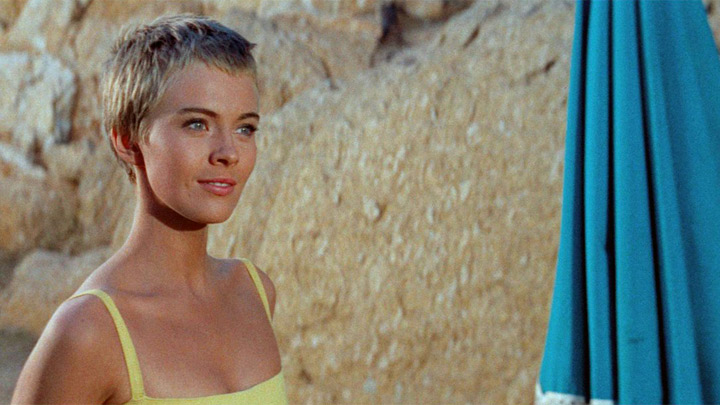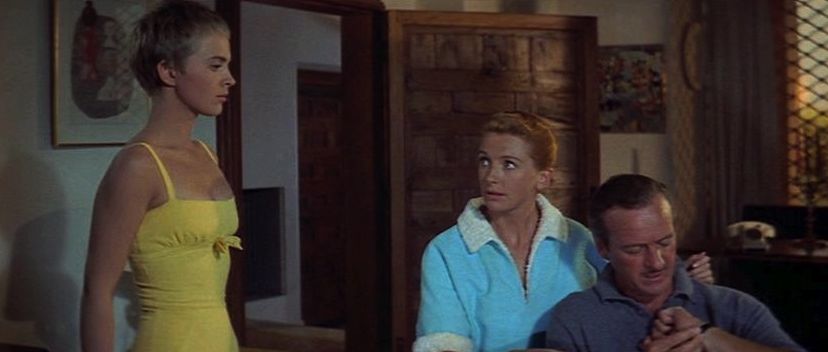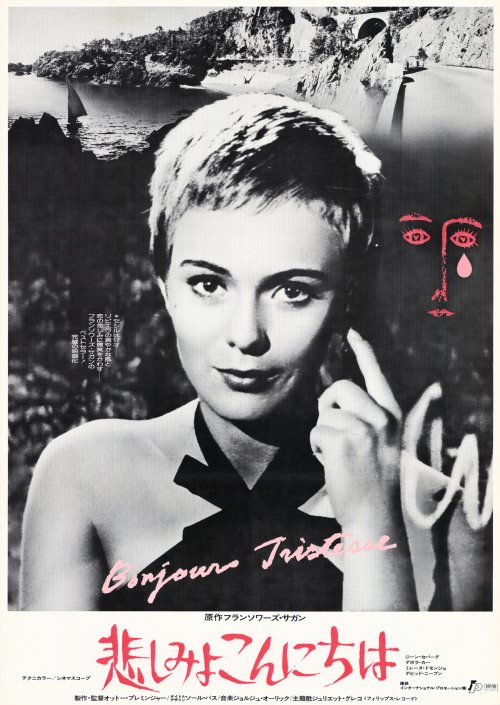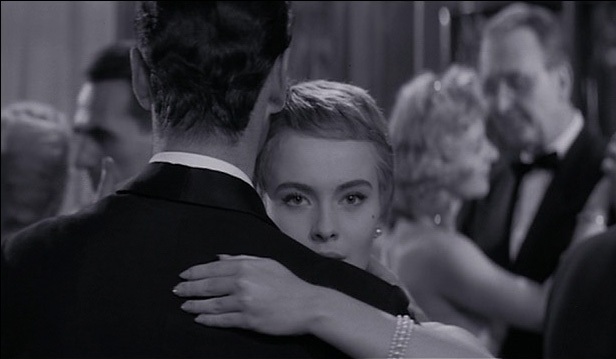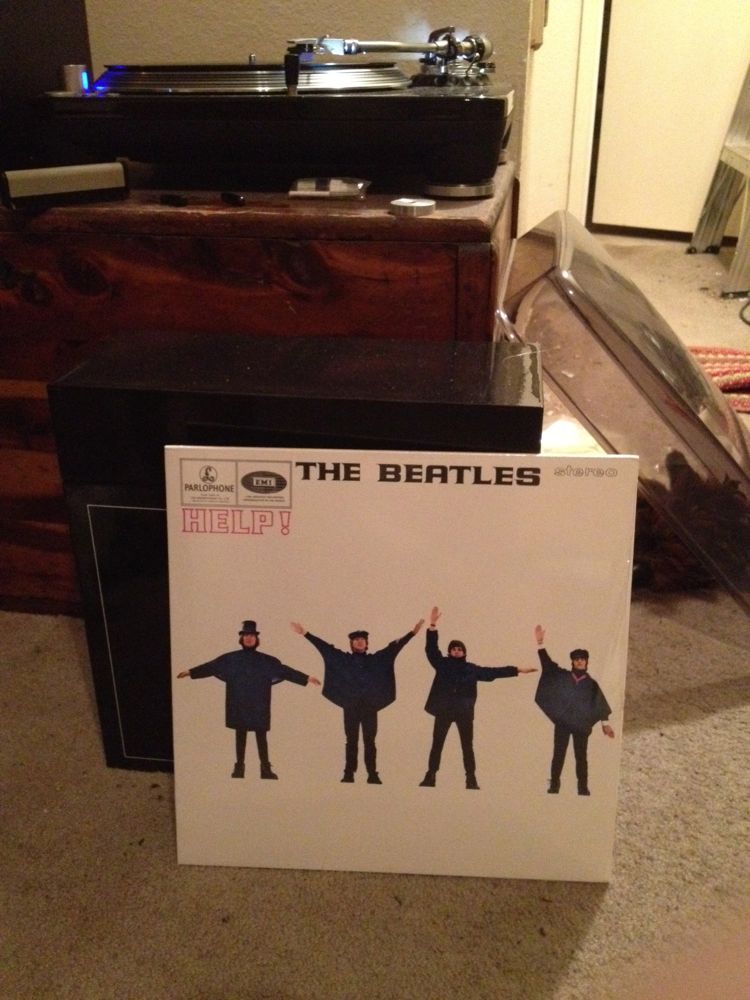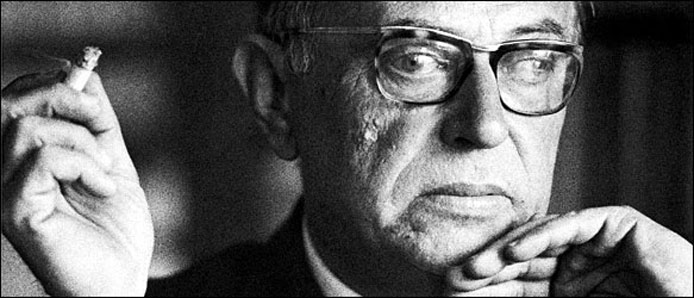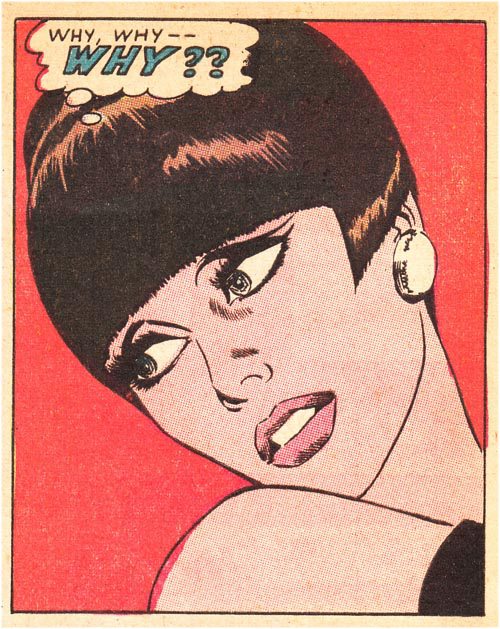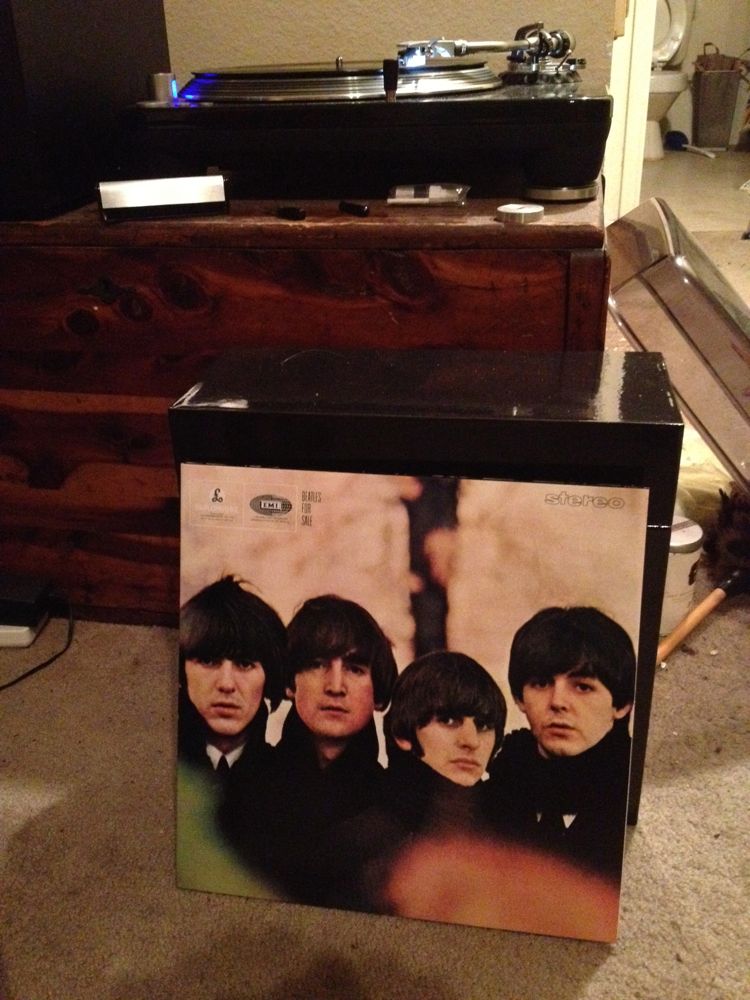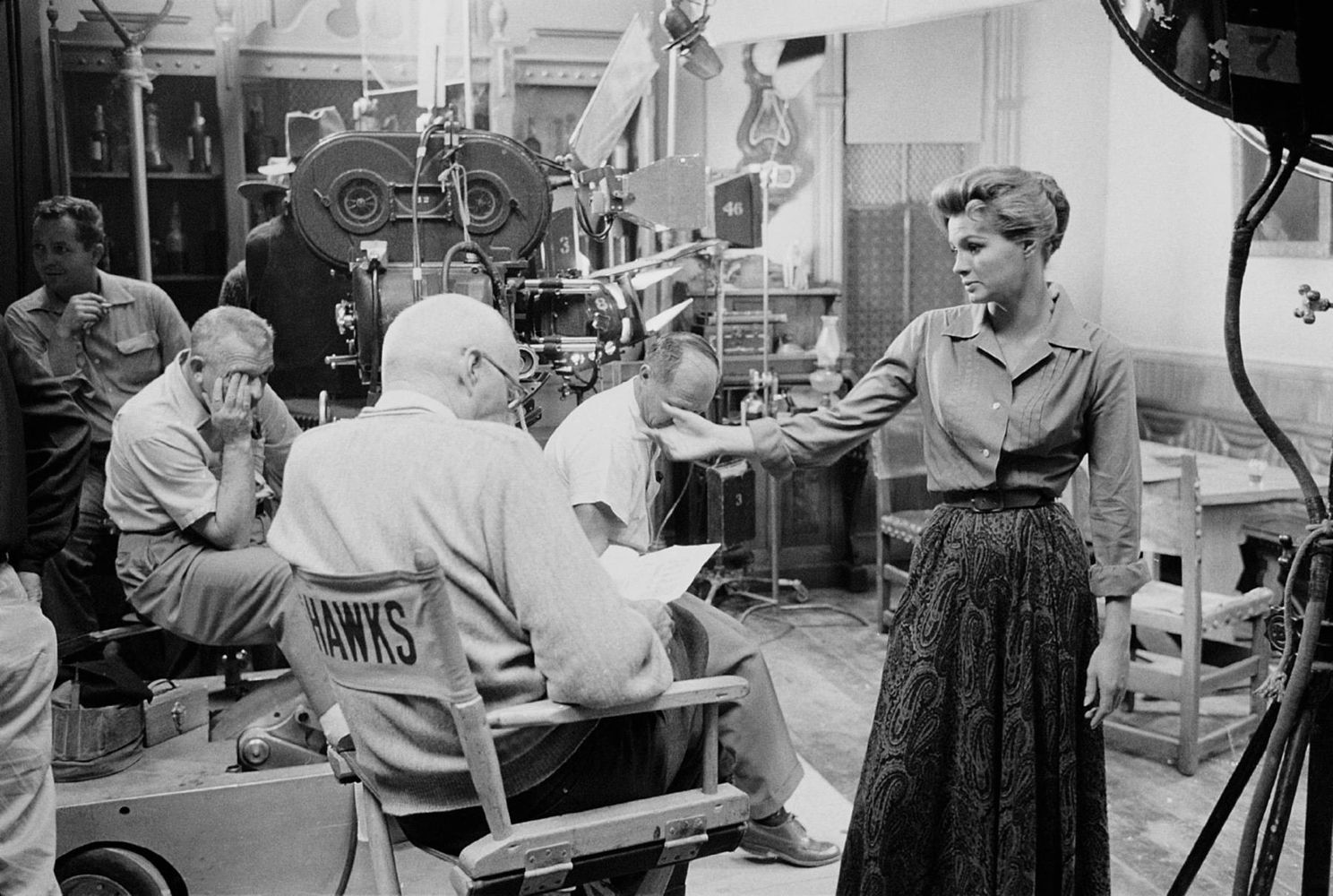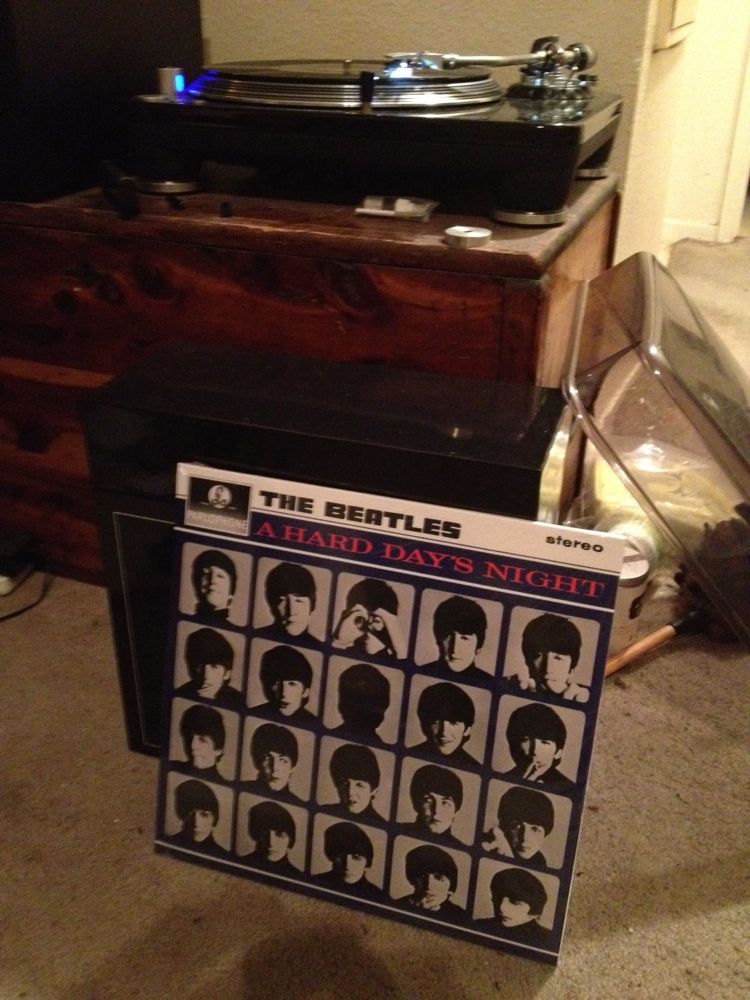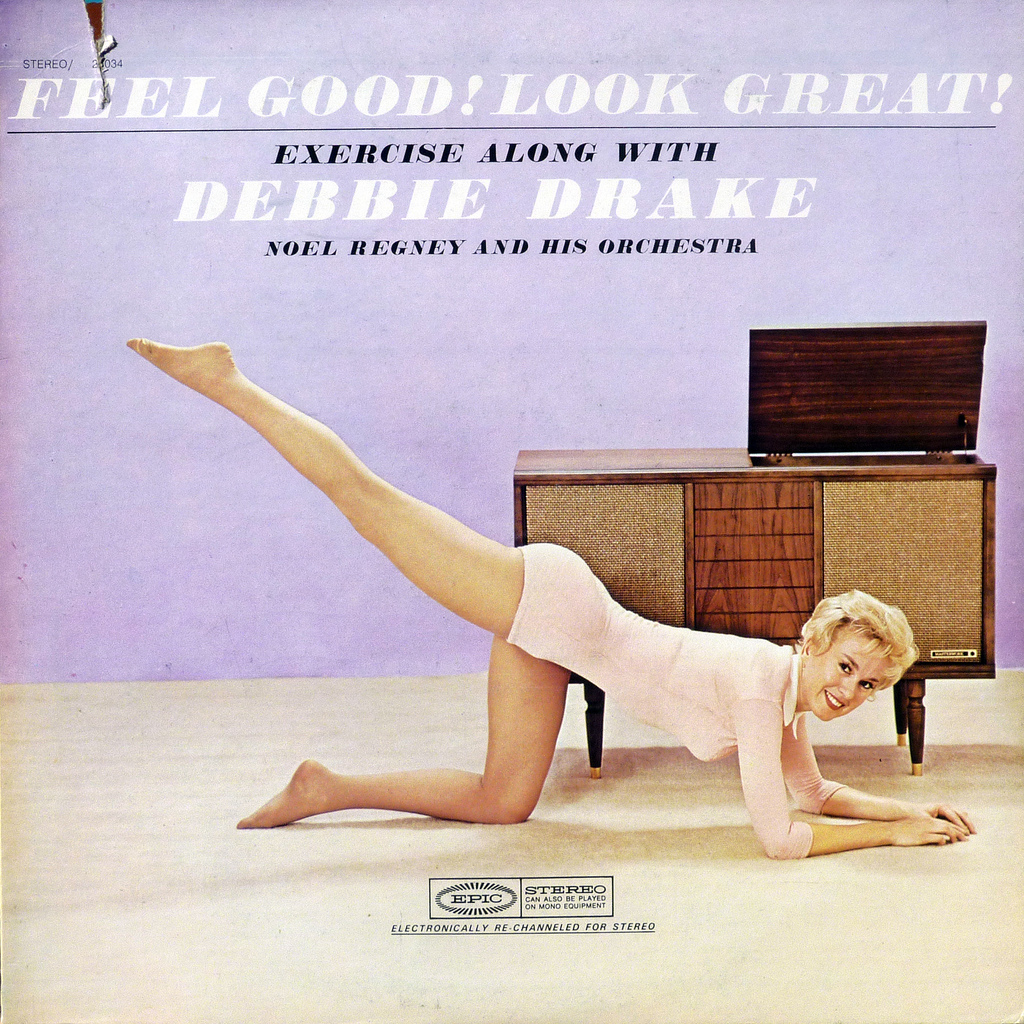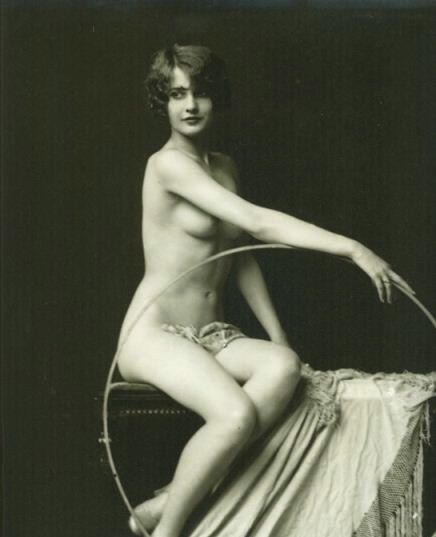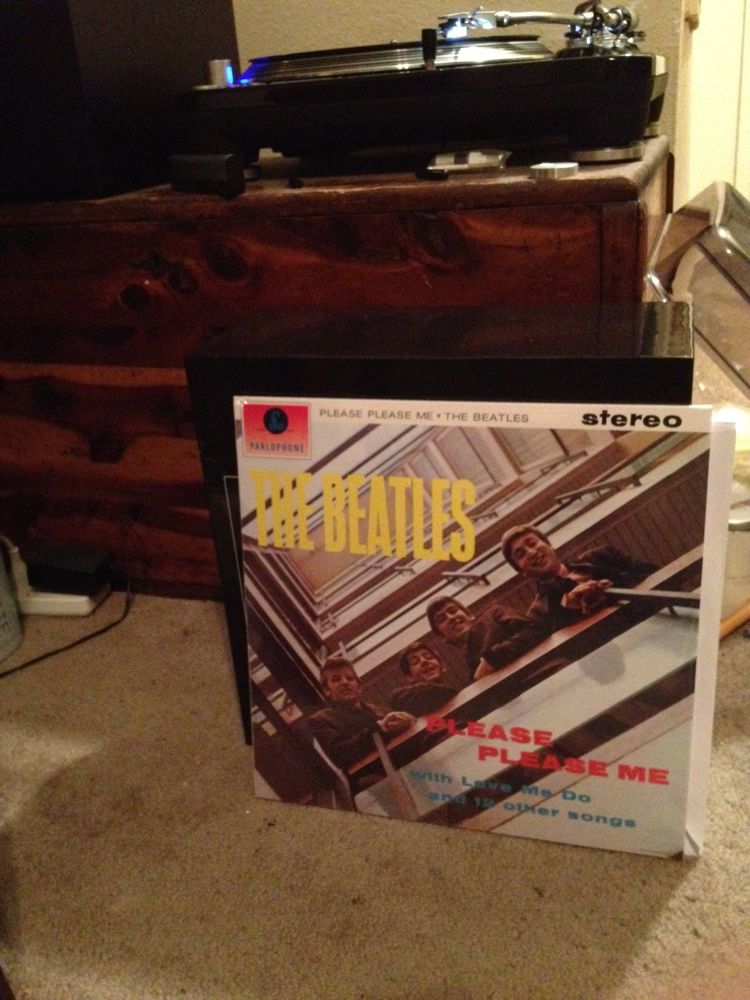Monthly Archives: November 2012
A DREADFUL PRESIDENT
WHAT I’M SPINNING NOW
AN LP COVER FOR TODAY
At Sunday services at my prep school in 1964 a preacher gave a sermon in which he said that some currently fashionable idea would be worth no more than a Beatles album would be worth in a year or two.
I owned this album then, still have it and still treasure it, 48 years later. Bad call, Rev.
Click on the image to enlarge.
BONJOUR TRISTESSE
Otto Preminger’s body of work is wildly uneven but at his best he was a master of cinematic style — something the critics and directors of the French New Wave celebrated tirelessly but which has been largely forgotten in our time.
Preminger had an instinctive gift for creating arresting cinematic spaces, exploring them with a moving camera and choreographing movement through them. His method with these things was showier than John Ford’s, subtler than Orson Welles’s, but can stand comparison with the craft of either of those more revered directors.
Like Ford, Preminger was a martinet on the set but, unlike Ford’s, his abusive ways didn’t always motivate his actors to give great performances. Still, when he cast a film well, he presided over some memorable ones, and Jean Seberg’s performance in Bonjour Tristesse is one of the most memorable of them all.
Preminger had plucked her from obscurity for the title role in his film Saint Joan, in which she was brilliant but for which she received scathing reviews. Casting her as the lead in Bonjour Tristesse was a kind of reparation by Preminger for this unaccountable public humiliation.
As in the earlier film, Seberg doesn’t exactly act — she just has her being in front of the camera and becomes fascinating, in a way many better trained actors never manage. Her delivery is sometimes flat, her line readings clumsy, but she seems to project her whole self onto the screen, and you can’t take your eyes off of her, even when she’s interacting with David Niven and Deborah Kerr, who both give brilliant but more traditionally crafted performances in the film.
It was part of Preminger’s genius to know that Seberg’s kind of performance can make for riveting cinema, even if it’s not what mainstream audiences are used to and expect. Godard, among others, however, knew what Preminger was up to, and carried it forward when he cast Seberg in his first film, Breathless, which he described as a documentary about Jean Seberg and Jean-Paul Belmondo making a movie. Their quirky onscreen personae never quite merge into the parts they are playing, and the tension of this is what makes Godard’s film so alive.
Seberg is the living heart of Bonjour Tristesse in the same way. Along with Preminger’s elegant shot-making, she transforms what might have been an overly precious coming-of-age melodrama into a cinematic marvel — working herself up to passages of emotional self-revelation that startle and devastate, climaxing in a final close-up that is surely one of the most powerful in screen history. Not that many people outside the offices of Cahiers du Cinéma appreciated her stealth genius at the time — the film tanked and Seberg again got dreadful reviews, which almost ended her career.
Twilight Time has just released a stunning Blu-ray edition of the film, and it’s a case where the higher resolution of the image reveals Preminger’s art more fully than the DVD edition, opening up spaces that you seem to fall into dreamily and in which Seberg’s magical screen presence blossoms and astonishes.
[The Twilight Time package contains, as usual, a superb booklet essay on the film by Julie Kirgo and an isolated track of the elegant and evocative score by Georges Auric. Actually, the score shares the track with the effects track, mostly heard between the music cues but sometimes underneath them. The effects track is extensive, very built up, suggesting that Preminger used very little location sound in the final film and looped most or all of the dialogue. It would be interesting to know if that was part of the production plan, allowing Preminger more freedom to move his camera on the practical locations where virtually all of the film was shot, or if it was something he decided to do after the fact in order to give him more opportunity to work with Seberg on her line readings.]
Click on the images to enlarge.
WHAT I’M SPINNING NOW
A JEAN-PAUL SARTRE QUOTE FOR TODAY
QUESTION
WHAT I’M SPINNING NOW
It wasn’t until the Seventies that it I became fully aware of how different most of the British Beatles albums were from most of the American Beatles albums. They had different tracks and were longer, and the pressings tended to be better — and they were the albums the Beatles created, rather than the cut down and rearranged albums Capitol created.
In the Seventies — in New York City at least, where I was living — you started to see the imported British albums for sale in record stores. They cost a lot more than the American albums but seemed well worth the extra cash. I started collecting them album by album. I was living hand-to-mouth in those days, so I’d have to save up for months sometimes to get a new one.
I remember sitting in my badly heated loft one day, looking out my large front window down at 21st Street, spinning a new copy of the British edition of Beatles For Sale. I suddenly thought, “You know, the Beatles just never let you down.”
Those British Beatles albums always cheered me up, got me through some hard and uncertain times — five or six long years of hard and uncertain times. They persuaded me that things would get better sooner or later . . . as they did.
I lived at the time I’m speaking of on the third floor of the gray building above, the one squeezed in between the two larger buildings. Back then it was a run-down place faced with cheap-looking unornamented red brick, covering up whatever facade it originally had. I lived there illegally, because the loft wasn’t zoned for residential use.
Click on the images to enlarge.
A HARD DAY’S NIGHT
This is how I remember it sounding when it first came out in America.
ON THE SET
WHAT I’M SPINNING NOW
This is the only Beatles album that contains nothing but Lennon-McCartney songs. It’s their early career masterpiece and in the new vinyl edition it feels as though they’re playing the songs live in your home — the sound is that clear and crisp and full.
It’s worth getting a turntable just to play this one record.
AN LP COVER FOR TODAY
AND GOD CREATED BARBARA STANWYCK
WHAT I’M SPINNING NOW
The new vinyl editions of the Beatles albums sound pretty amazing. They were cut from the new digital masters made for the CD re-issues of 2009, but not subjected to compression, except in a few isolated moments, amounting to five minutes of music in all, to deal with egregious hiss and crackle present in places on the master tapes.
What this means is that you get the full-bodied sound of the CD remasters without the slight but noticeable thinning out of the high-end range, which always distinguishes even the best CDs from vinyl. The result is quite spectacular.


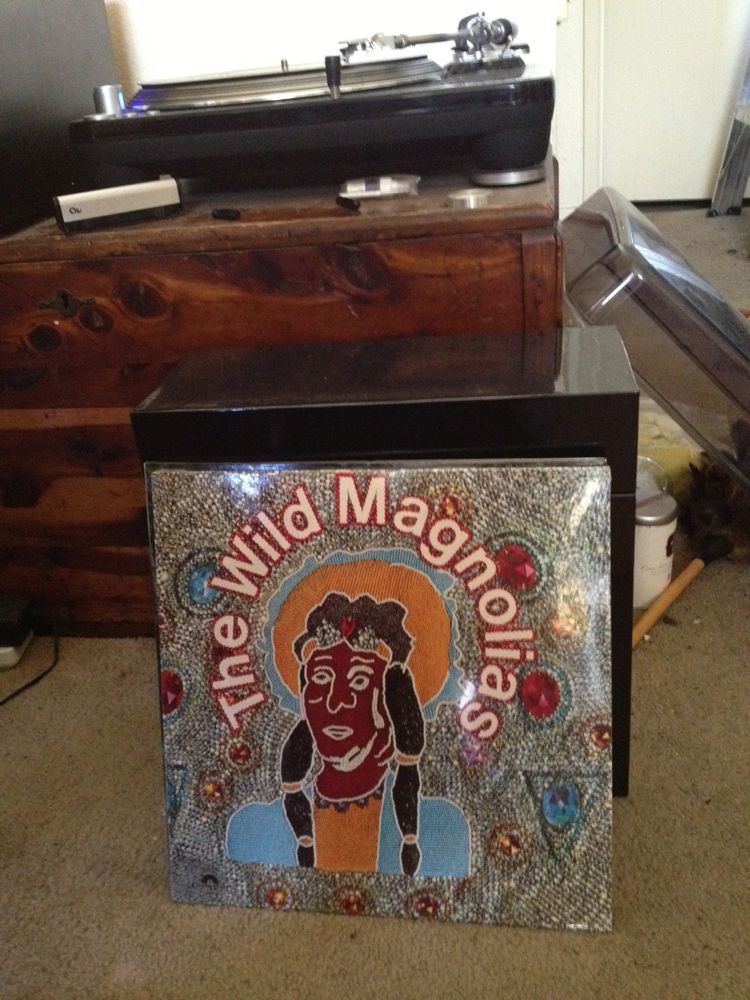
![usa_meet-the-beatles[1]](http://www.mardecortesbaja.com/wordpress/wp-content/uploads/usa_meet-the-beatles1.jpg)
